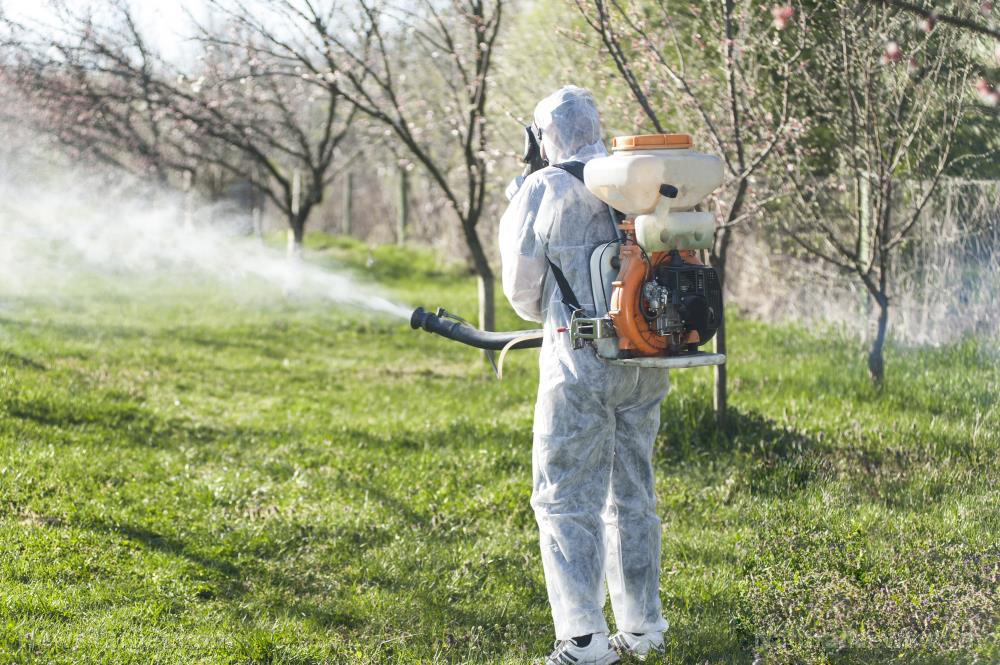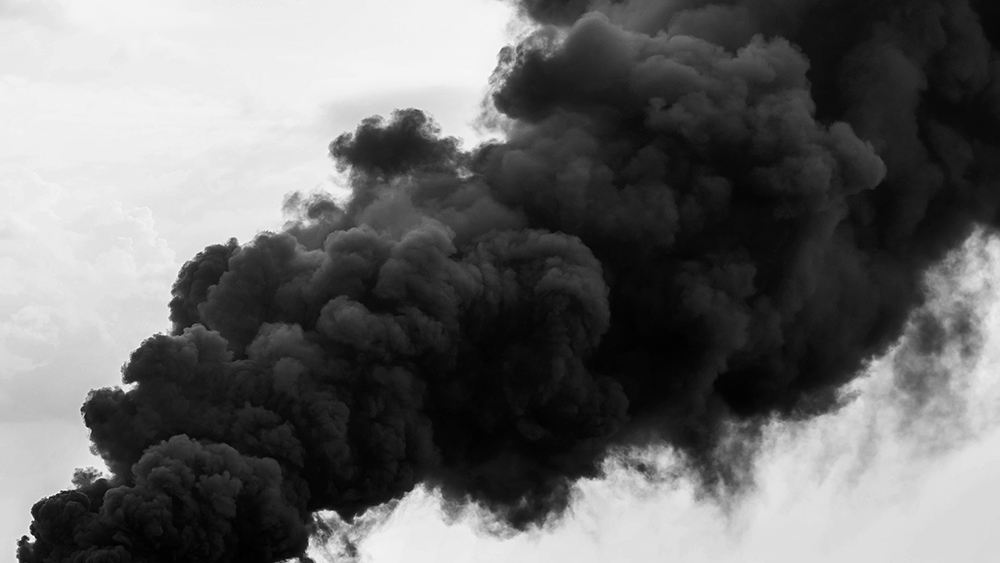
A joint investigation by Unearthed, a journalism group funded by Greenpeace UK, and the Swiss NGO Public Eye, found that higher proportions of these highly hazardous pesticides (HHPs) were sold in low- and middle-income countries compared to industrialized nations. For example, 60 percent of sales in India were of HHPs in contrast to the 11 percent sales in the United Kingdom.
Poison sells
The data analyzed was obtained from the market analysis company Phillips McDougall, which covered $23.3 billion in pesticide sales, amounting to about 40 percent of the global agrochemical market. These sales represent the leading products in 43 different countries that buy the most pesticides worldwide. However, the researchers claim that the income from these chemicals will be billions of dollars greater because the data only included less than half of the total global sales.
Agrochemical giants BASF, Bayer, Corteva (formerly Dow and DuPont), FMC and Syngenta – five of the six members of the lobby group CropLife International – profited off products that have been banned in other parts of the world, such as neonicotinoids and glufosinate. In fact, about 41 percent of the leading products of these pesticide companies contained at least one HHP. In 2018, these companies sold about $4.8 billion on products containing pesticides linked to hazardous effects, which accounted for 36 percent of their total income.
Almost a quarter of the sales (22 percent) of these five pesticide giants consisted of products associated with human health hazards like glyphosate, which is classified by the International Agency for Research on Cancer (IARC) as a "probable human carcinogen." However, glyphosate manufacturer Bayer and various regulators like the European Food Safety Authority do not agree with this classification, saying it was incorrect to categorize the herbicide as hazardous based on the IARC alone.
Another 10 percent of their leading product income came from chemicals classified by the Environmental Protection Agency (EPA) as highly toxic to bees. Among these chemicals were chlorfenapyr and fipronil – chemicals linked to mass bee deaths – manufactured by the chemical giant BASF.
“There is overwhelming evidence that we are in the middle of a biodiversity crisis, with extinction roughly 1,000 times the natural rate,” said University of Sussex biology professor Dave Goulson. “We are losing wildlife, particularly insects. The crisis is driven by a combination of factors but there is no doubt that pesticides are harming pollinators.”
Four percent of sales from pesticides are classified as highly toxic by the World Health Organization (WHO) or as fatal if inhaled. According to the analysis, Syngenta holds the majority of these sales with its top sellers including paraquat. Accidental or deliberate ingestion of even small amounts of paraquat is often fatal, and it is one of the most common methods of intentional self-poisoning or suicide in poor or rural areas in countries where it's available. In fact, the United Nations report that 200,000 cases of suicide each year involved pesticide poisoning. (Related: Report: Pesticide poisoning has resulted in 200,000 deaths.)
“This practice of the agrochemical giants is irresponsible and contradicts their public commitment to a more sustainable agricultural model,” said Baskut Tuncak, U.N. Special Rapporteur on human rights and toxics. “Whether they poison workers, extinguish biodiversity, persist in the environment, or accumulate in a mother's breast milk, highly hazardous pesticides are unsustainable. They should have been phased out long ago.”
Sources include:
Please contact us for more information.























